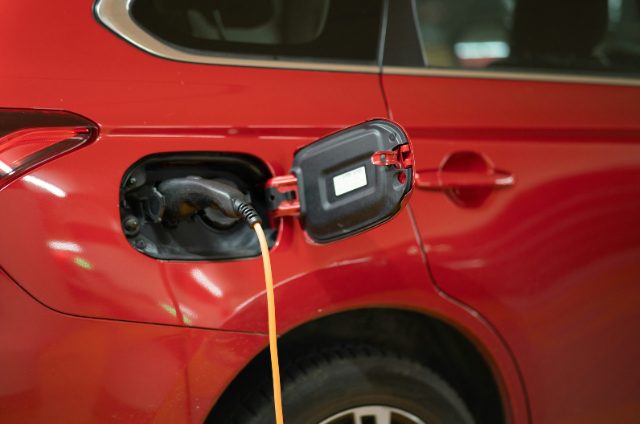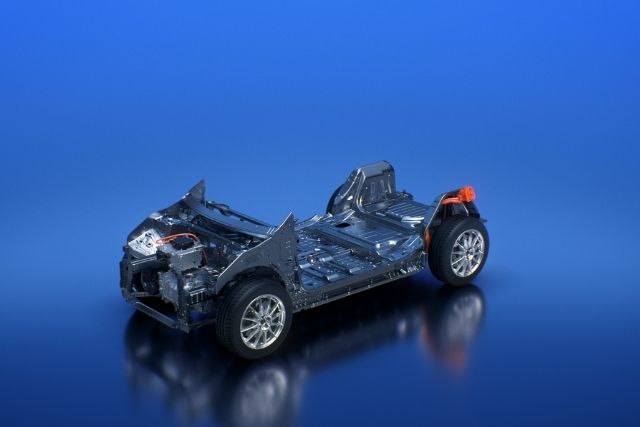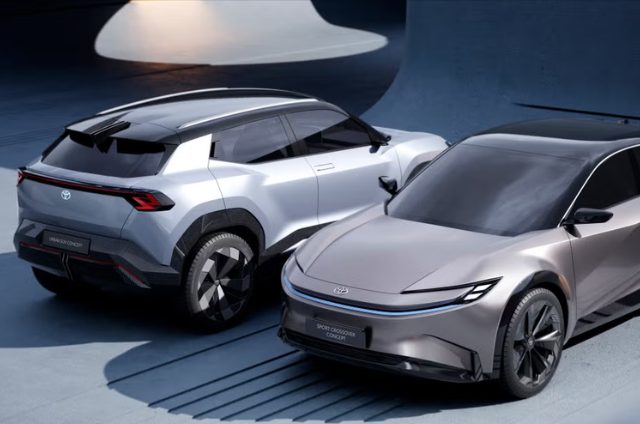It Starts with Chemistry
Fast charging begins at the microscopic level—specifically, with battery cell chemistry. Not all lithium-ion batteries are built the same. Some prioritize energy density, designed to pack in more power for longer range. Others, however, are engineered for performance, including faster charging speeds.
To achieve rapid charge rates, manufacturers modify the battery’s internal structure. They might use thinner electrodes, finer anode/cathode particles, or more porous separators to let lithium ions move faster between the layers. This enhances the rate at which the battery can absorb energy, but there’s a tradeoff—typically in energy density, cost, or long-term cycle life. In short, faster charging batteries often sacrifice range or lifespan to achieve speed.
Thermal Management is Critical
Charging at high power levels produces significant heat. Left unchecked, this heat not only reduces charging efficiency but also risks battery degradation or even safety issues. That’s why thermal management is a cornerstone of fast-charging EV design.
Early EVs like the Nissan Leaf used air cooling, which limited sustained charging power. Newer models implement liquid-cooled systems that run coolant channels directly through the battery pack. Tesla’s “cooling lasagna” design is a standout example, with coolant weaving between cells for even heat dissipation. Without this, even the best battery chemistry can’t maintain fast charging rates for long.
Voltage Doesn’t Guarantee Speed
Many of today’s fastest-charging EVs use 800V electrical architectures, compared to the older 400V standard. The main advantage? At higher voltage, you can deliver more power with lower current, reducing stress and heat in cables and connectors.
However, higher voltage alone doesn’t make charging faster. The battery still needs to be capable of absorbing power quickly—and that depends on its chemistry and cooling. In other words, 800V enables fast delivery, but it doesn’t ensure fast uptake.
Smart Software Makes It Work
Even with great hardware, fast charging needs smart Battery Management Software (BMS). A well-tuned BMS adjusts the charging curve in real-time based on temperature, battery health, and charge level. Brands like Porsche and Hyundai excel here, allowing their EVs to sustain high charge rates beyond 80%—a point where most others begin to throttle back.
Who’s Leading the Pack?
Hyundai, Kia, and Porsche currently lead the field in real-world fast charging. Their combination of modern chemistry, efficient thermal management, 800V architecture, and smart software creates a well-balanced system. Tesla, while still competitive, relies on a 400V system and may need to evolve to keep pace with newer players.



